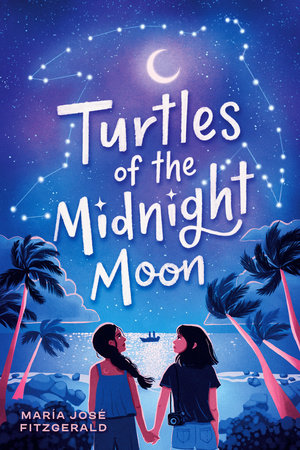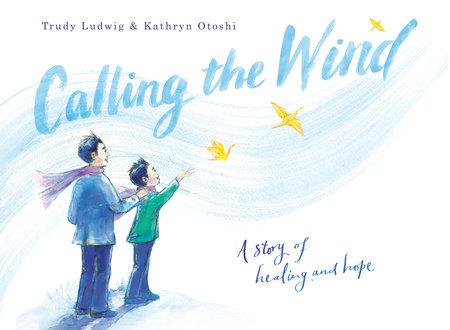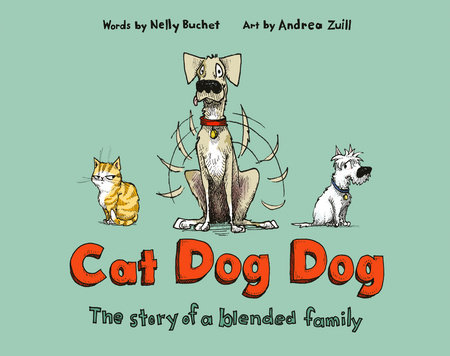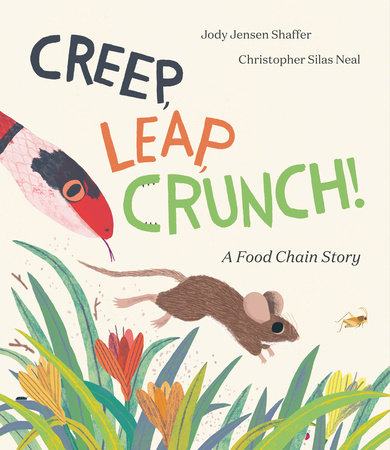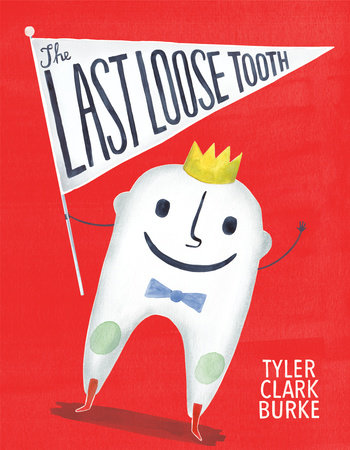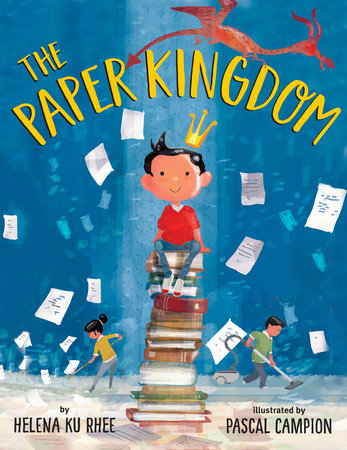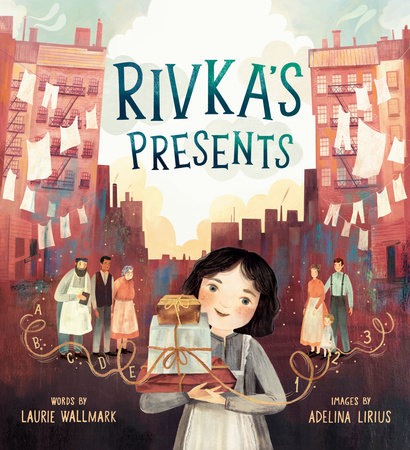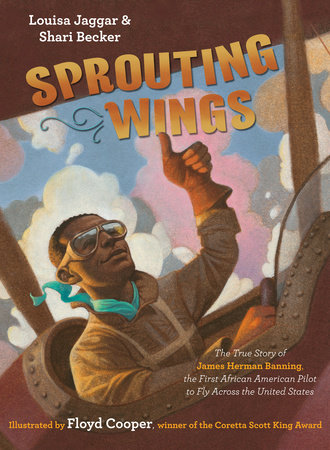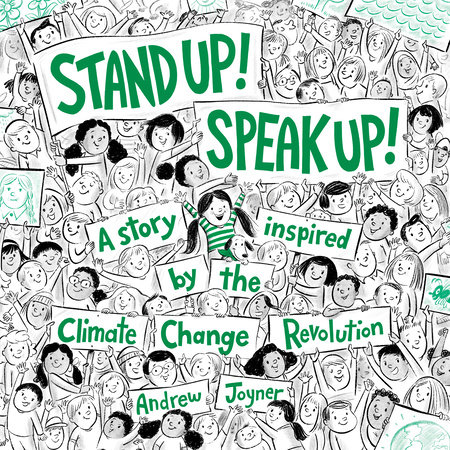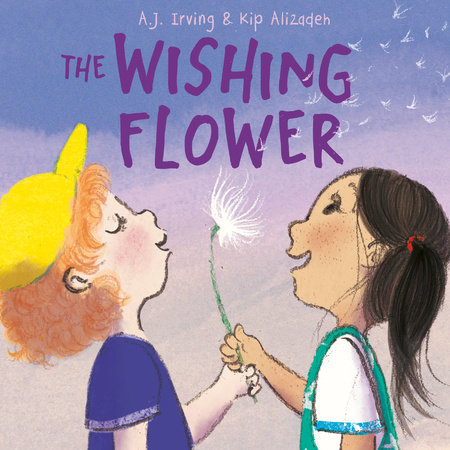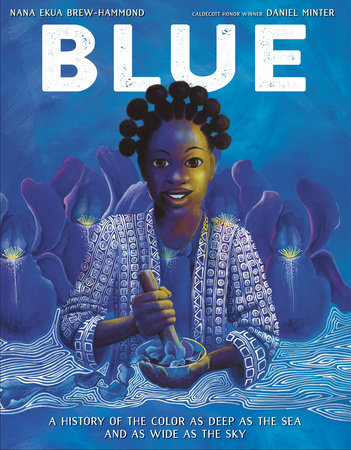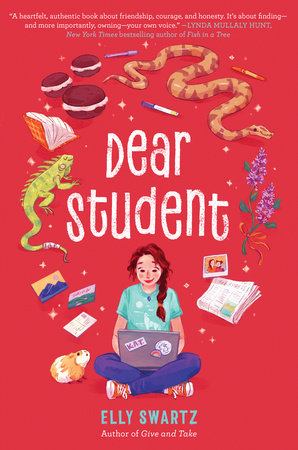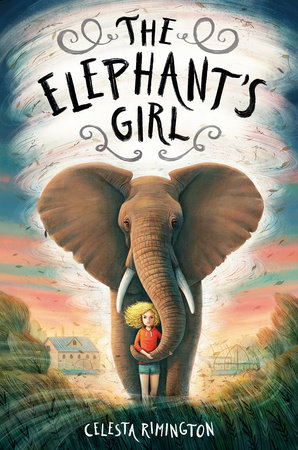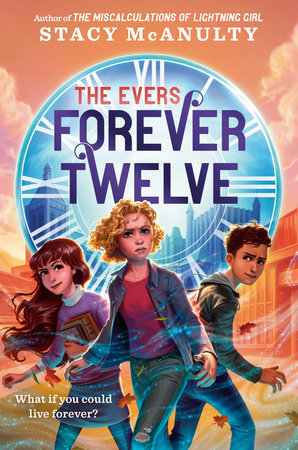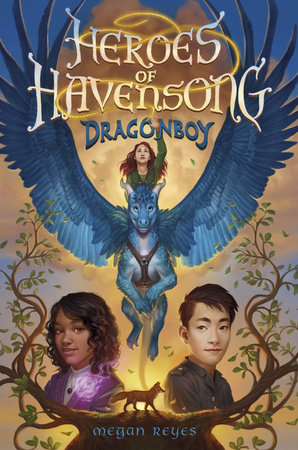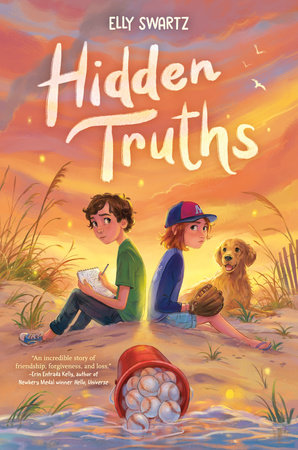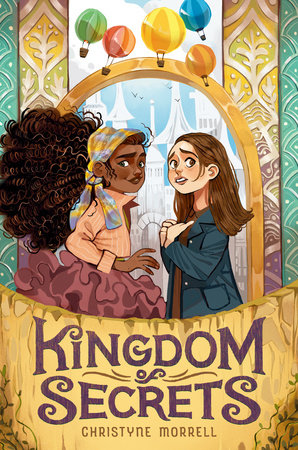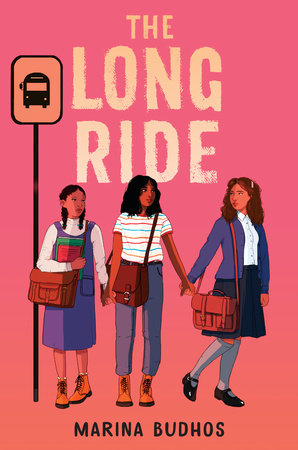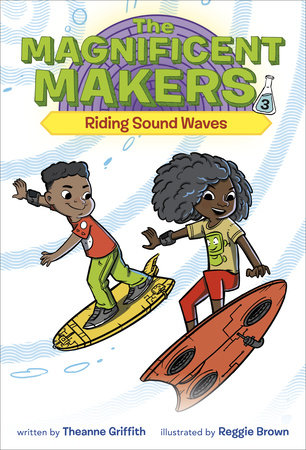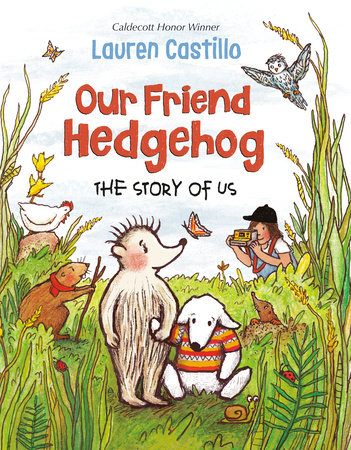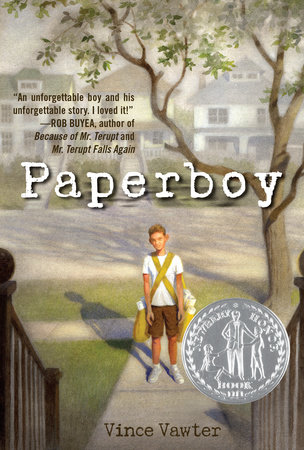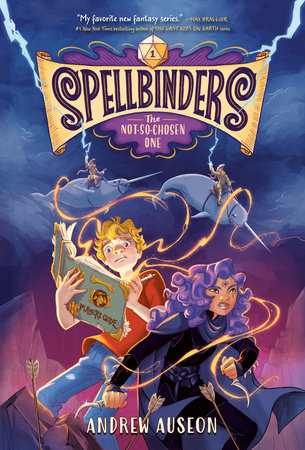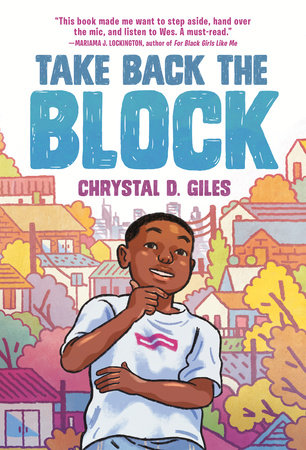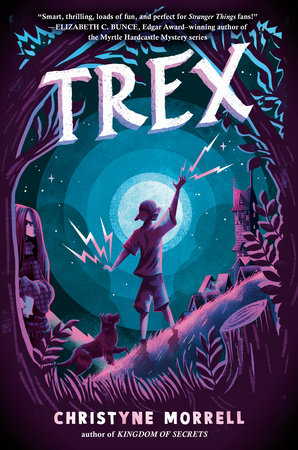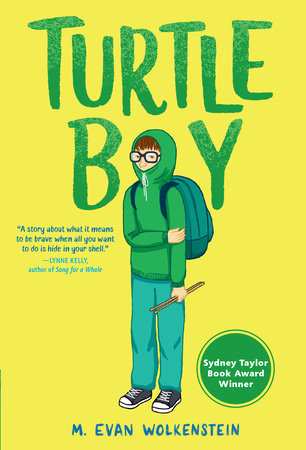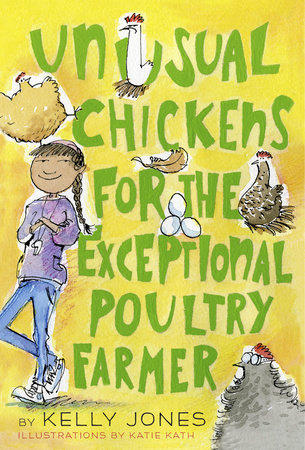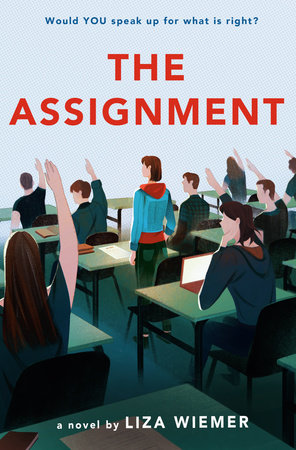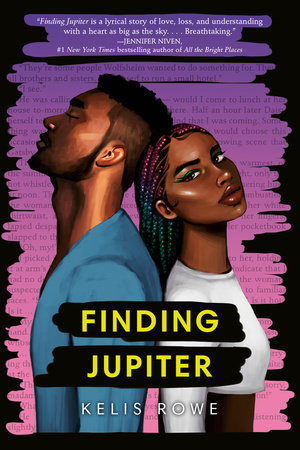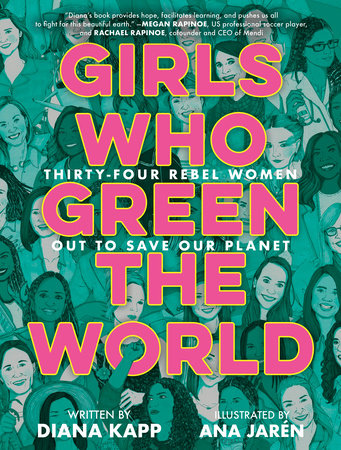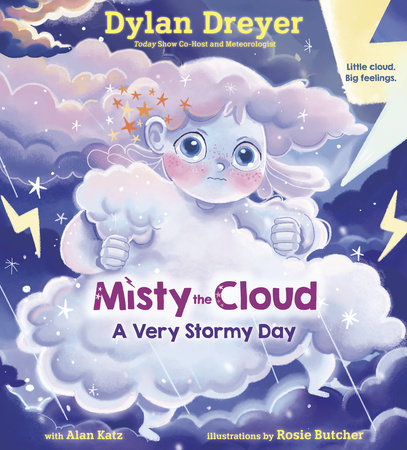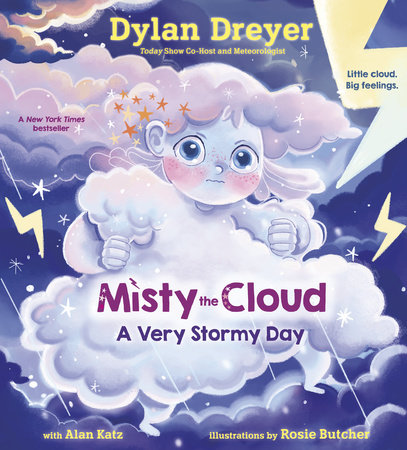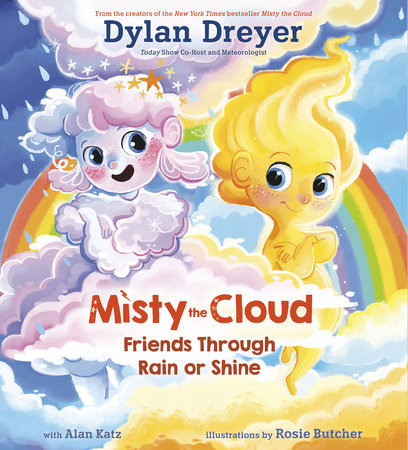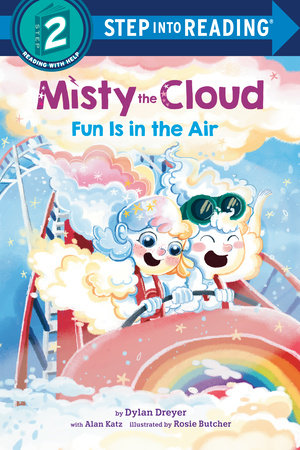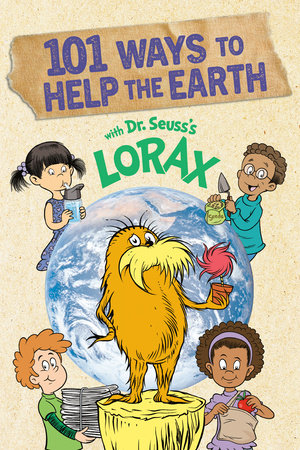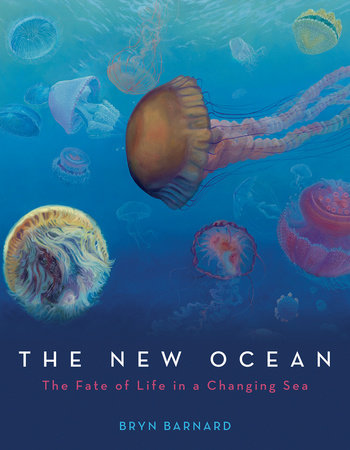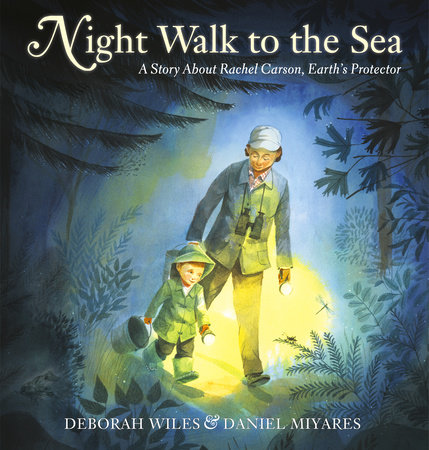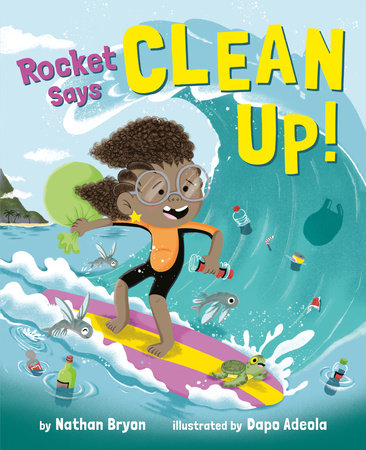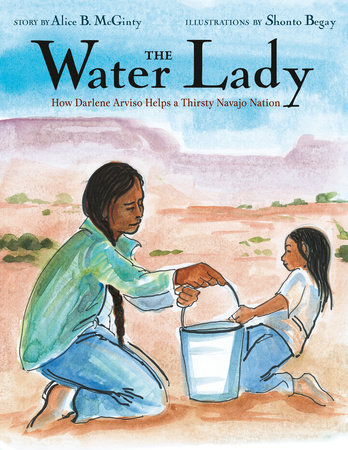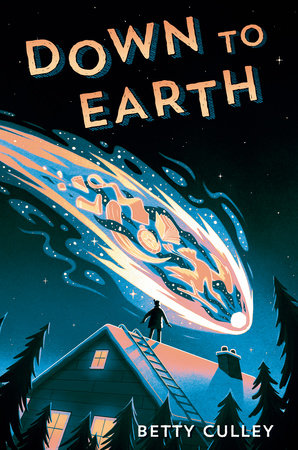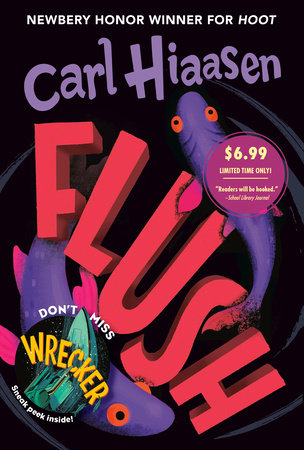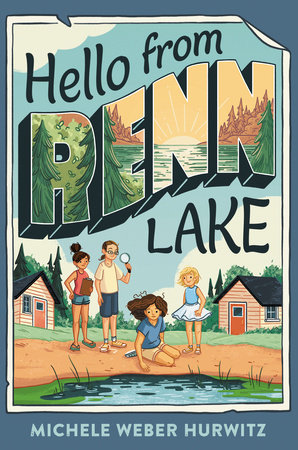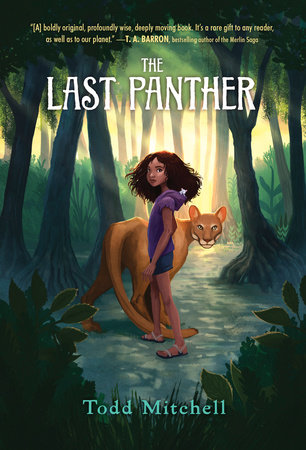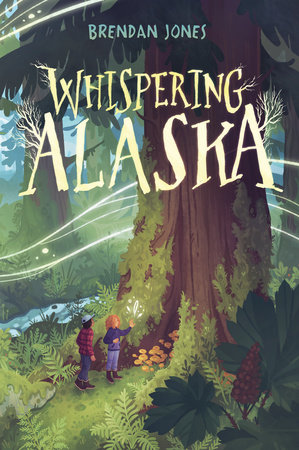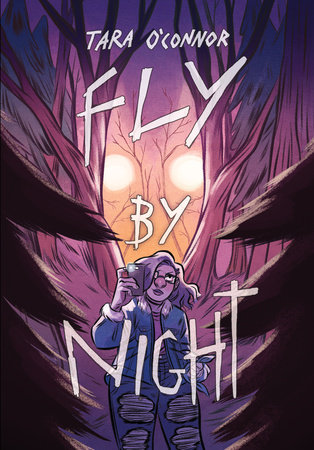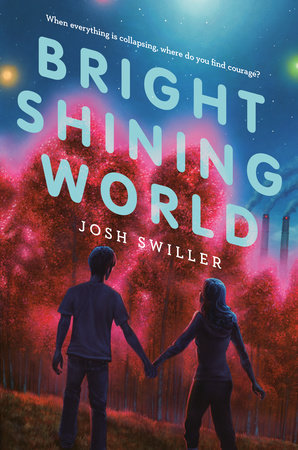Author Spotlight: Mae Respicio

About Mae's Books
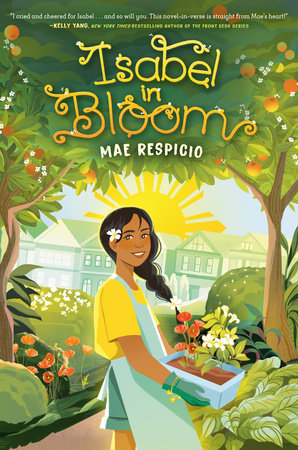
Isabel in Bloom By Mae Respicio
A girl discovers a connection between her home in the Philippines and her new home in the U.S. through a special garden in this middle grade novel that celebrates nourishment and growth.
Twelve-year-old Isabel is the new kid in her San Francisco middle school. It’s the first time in many years that she’ll be living with her mother again. Mama's job in the US allowed Isabel and her grandparents to live more comfortably in the Philippines, but now Isabel doesn't really know her own mother anymore.
Making new friends in a new city, a new country, is hard, but joining the gardening and cooking club at school means Isabel will begin to find her way, and maybe she too, will begin to bloom.
In this beautifully rendered novel-in-verse, Mae Respicio explores how growth can take many forms, offering both the challenges and joy of new beginnings.

Isabel in Bloom Educators' Guide
Educators’ guide includes a letter to the reader, author interview, writing activity, discussion questions, thematic activities, and more!
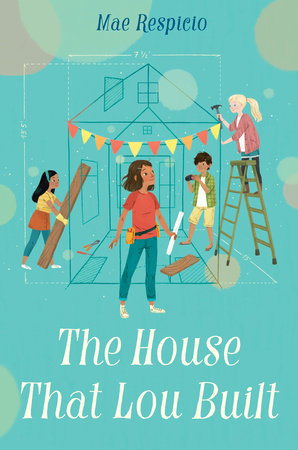
The House That Lou Built By Mae Respicio
"If this book were a house, the rooms would be filled with warmth, family, and friendship." --Erin Entrada Kelly, author of the Newbery Medal winner Hello, Universe; The Land of Forgotten Girls; and Blackbird Fly
A coming-of-age story that explores culture and family, forgiveness and friendship, and what makes a true home. Perfect for fans of Wendy Mass and Joan Bauer.
Lou Bulosan-Nelson has the ultimate summer DIY project. She's going to build her own "tiny house," 100 square feet all her own. She shares a room with her mom in her grandmother's house, and longs for a place where she can escape her crazy but lovable extended Filipino family. Lou enjoys her woodshop class and creating projects, and she plans to build the house on land she inherited from her dad, who died before she was born. But then she finds out that the land may not be hers for much longer.
Lou discovers it's not easy to save her land, or to build a house. But she won't give up; with the help of friends and relatives, her dream begins to take shape, and she learns the deeper meaning of home and family.
AN NPR BEST BOOK OF THE YEAR
A KIRKUS REVIEWS BEST BOOK OF THE YEAR
"Equal parts girl-heart, muscle and know-how for today's reader. Endearing to the end." --Rita Williams-Garcia, Newbery-Honor-and-Coretta-Scott King -Award-winning author of the National Book Award Finalist Clayton Byrd Goes Underground
"Warm, funny and affirming. As we get to know Lou, her extended Filipino family, and friends, the door opens into her life and, ultimately, her home." --Lisa Yee, author of the Millicent Min trilogy, The Kidney Hypothetical, the DC Super Hero Girls series, and other books
"There couldn't be a hero more determined, resourceful or lovable than Lucinda Bulosan-Nelson. Her big dream of a tiny house is irresistible." --Tricia Springstubb, author of Every Single Second, What Happened on Fox Street, Moonpenny Island, and the Cody series
"I fell in love with Lou and her wonderful extended family. This story may be about a tiny house, but it has an enormous heart." --Kate Messner, author of The Exact Location of Home
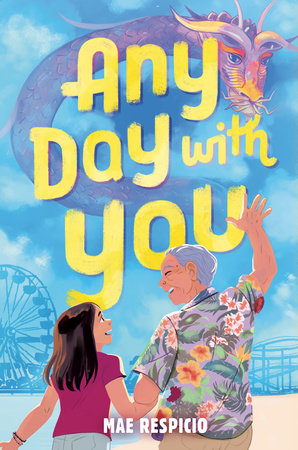
Any Day with You By Mae Respicio
A warm, tender story perfect for fans of Front Desk about a creative girl who hopes that by winning a filmmaking contest, she'll convince her great-grandfather to stay by her side.
Kaia and her family live near the beach in California, where the fun of moviemaking is all around them. Kaia loves playing with makeup and creating special effects, turning her friends into merfolk and other magical creatures.
This summer, Kaia and her friends are part of a creative arts camp, where they're working on a short movie to enter in a contest. The movie is inspired by the Filipino folktales that her beloved Tatang, her great-grandfather, tells. Tatang lives with her family and is like the sparkle of her special-effects makeup. When Tatang decides that it is time to return to his homeland in the Philippines, Kaia will do anything to convince him not to go.
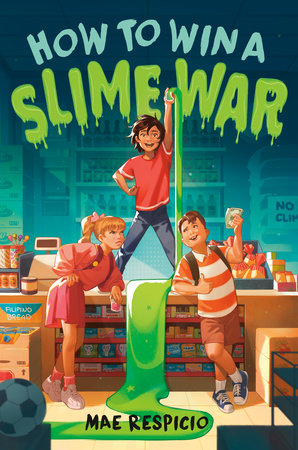
How to Win a Slime War By Mae Respicio
Two kids face off in an epic battle to see who can sell the most slime, while navigating sticky situations with friends and family.
Alex Manalo and his dad have just moved back to Sacramento to revive their extended family's struggling Filipino market. While Alex likes helping at the store, his true passion is making slime! He comes up with his own recipes, playing with ingredients, colors, and textures that make his slime truly special. Encouraged by a new friend at school, Alex begins to sell his creations, leading to a sell-off battle with a girl who previously had a slime-opoly. Winner gets bragging rights and the right to be the only slime game in town.
But Alex's dad thinks Alex should be focused more on "traditional" boy pastimes and less on slime. As the new soccer coach, Dad wants Alex to join the team.
Alex is battling on multiple fronts—with his new friends at school and with his dad at home. It will be a sticky race to the finish to see who oozes out on top.



